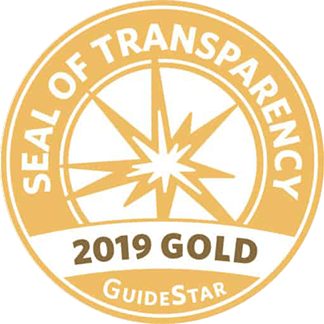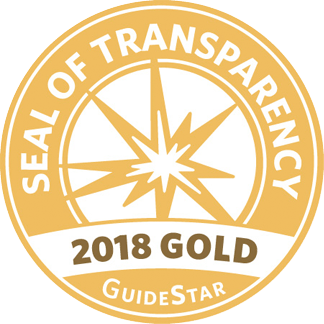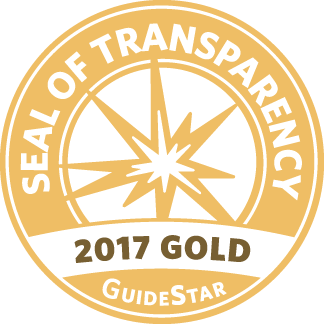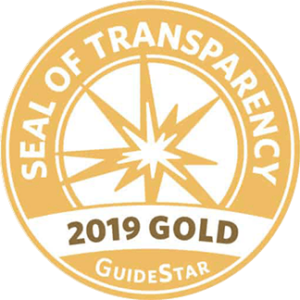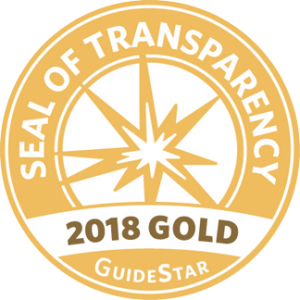Overview of Paid Sick Time Laws in the United States:
Montgomery County, MD
Updated on October 13, 2020
Return to Paid Sick Time Laws Home | Search Paid Sick Time Laws | Export page as PDF
| Montgomery County, MD | |
| Who is covered? Note: City/county paid sick time laws cannot cover state government workers, and city, county, and state paid sick time laws cannot cover federal government workers. | Workers employed in Montgomery County are covered, but they must regularly work more than 8 hours each week. Independent contractors are exempted. Workers are also exempted if all of the following apply: 1) they don’t have a regular work schedule with the employer; 2) they contact the employer for work assignments and are scheduled to work those assignments within 48 hours later; 3) they have no obligation to work for the employer if they don’t contact the employer for assignments; and 4) they’re not employed by a temporary placement agency. |
| Can sick time be used to care for loved ones? | Yes: children; parents and legal guardians of the worker; spouses; grandparents; spouses of grandparents; grandchildren; siblings; and spouses of siblings. |
| How is “child” defined? | Biological, adopted, or foster child; stepchild; child for whom the worker has legal or physical custody or guardianship; child for whom the worker is the primary caregiver. |
| Can sick time be used for specific “safe time” purposes (related to domestic violence, sexual assault, or stalking)? | Yes, when the worker or the worker’s family member is the victim |
| Can sick time be used under the law to bond with a new child and/or deal with a family member’s death? Note: It is possible that other laws, such as the Family and Medical Leave Act or a state equivalent, could provide eligible workers with unpaid leave for these purposes. | No |
| Can sick time be used when a worker’s place of work or child’s school/place of care is closed by public health officials for a public health emergency? | Yes. |
| Rate at which workers earn paid sick time? | 1 hour for every 30 hours worked (for both paid and unpaid sick time, as described below) |
| Do workers have different sick time-related rights based on the size of their employer? If so, based on what employer-size threshold(s)? | Yes. Workers in businesses with 5 or more workers can earn up to 56 hours of paid sick time per year. Workers in businesses with fewer than 5 workers can earn up to 32 hours of paid sick time and 24 hours of unpaid, job-protected sick time per year. |
| Amount of paid sick time that can be earned under the law per year? (Note: All of these paid sick time laws make it clear that these laws establish a minimum requirement, and employers can provide greater or more generous paid sick time benefits to their workers.) | Workers in businesses with 5 or more workers: up to 56 hours a year. Workers in businesses with fewer than 5 workers: up to 32 hours of paid sick time and 24 hours of unpaid, job-protected sick time. |
| When do workers begin to earn paid sick time? | At the commencement of employment, but workers can be required to wait 90 days before using their sick time. |
| Does unused sick time carry forward to the subsequent year? | Workers are entitled to carry forward up to 56 hours of unused sick time and may use up to 80 hours of sick time a year when they have sick time that is carried forward. However, employers are not required to allow carry forward if, at the beginning of the new year, they award the full amount of sick time that the worker would earn over that year. |
| Private Right of Action to go to Court? | No |
| Are there waivers/ exemptions for workers covered by a valid Collective Bargaining Agreement (CBA)? | No specific language regarding waivers or exemptions for workers covered by a CBA |
| What Agency or Official Enforces the Law? | County Office of Human Rights. The County Executive may also delegate enforcement to a legally authorized State agency. |
| For the statewide paid sick time laws: can cities in the state pass paid sick time laws that are broader than the state law? | N/A |
| Statutory Citation(s) | Montgomery County Code Chapter 27, Article XIII |
| Additional Notes |


